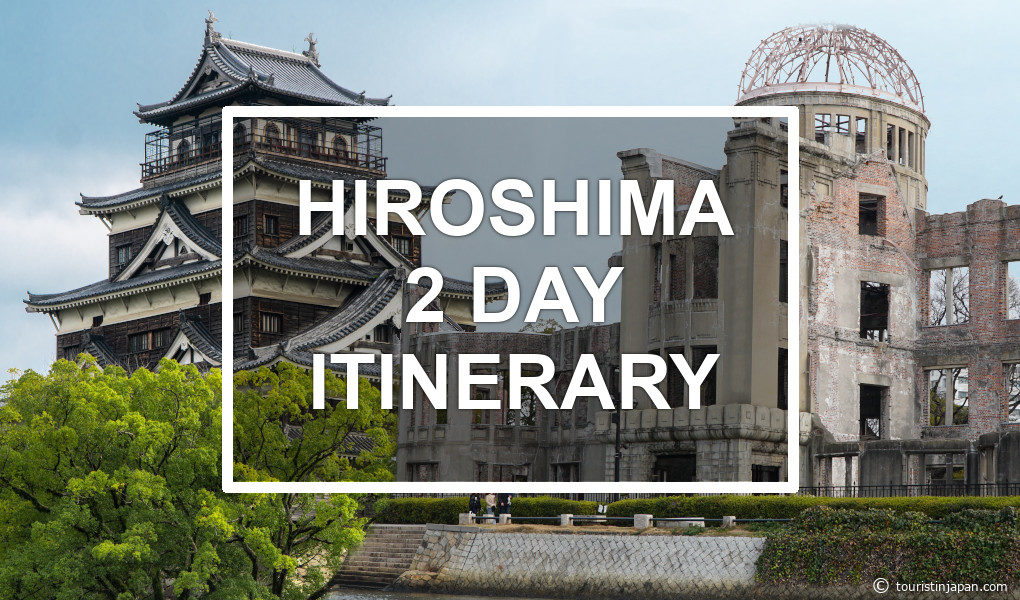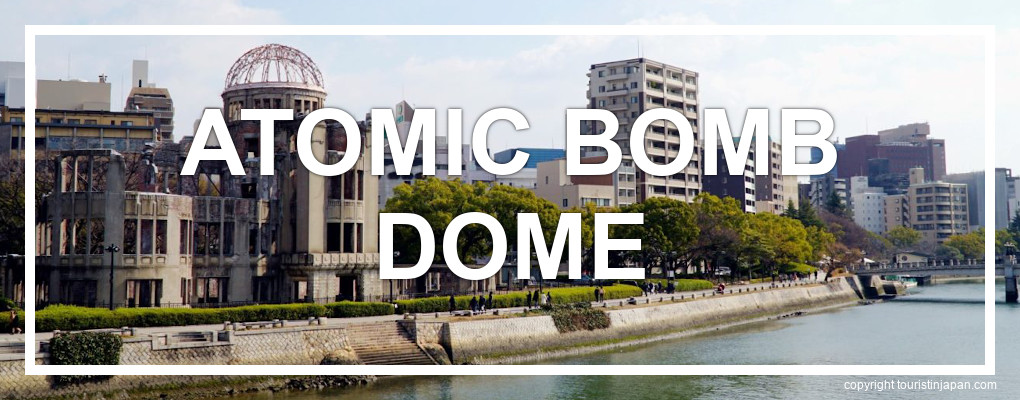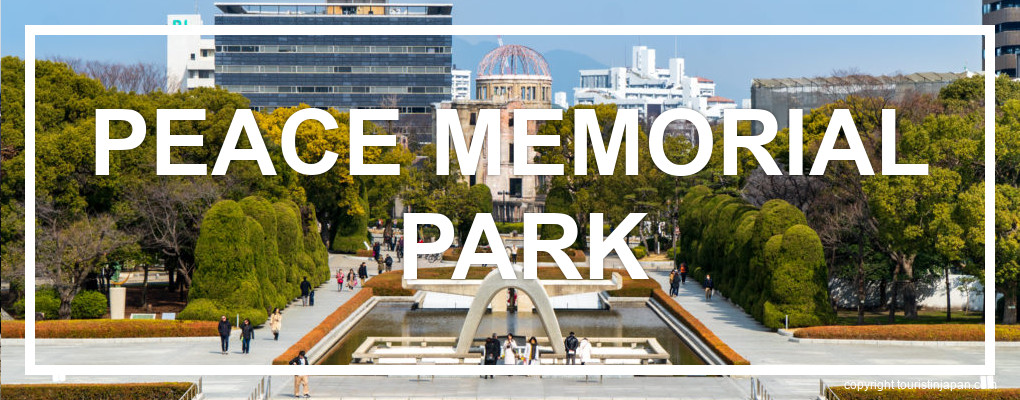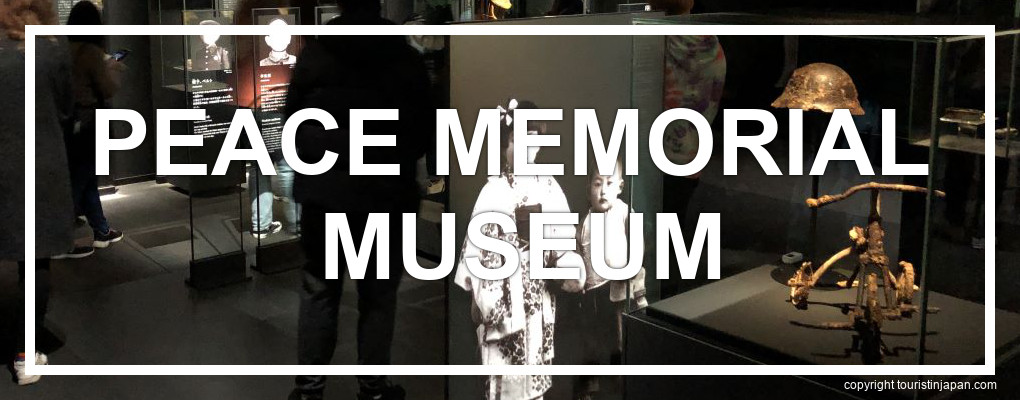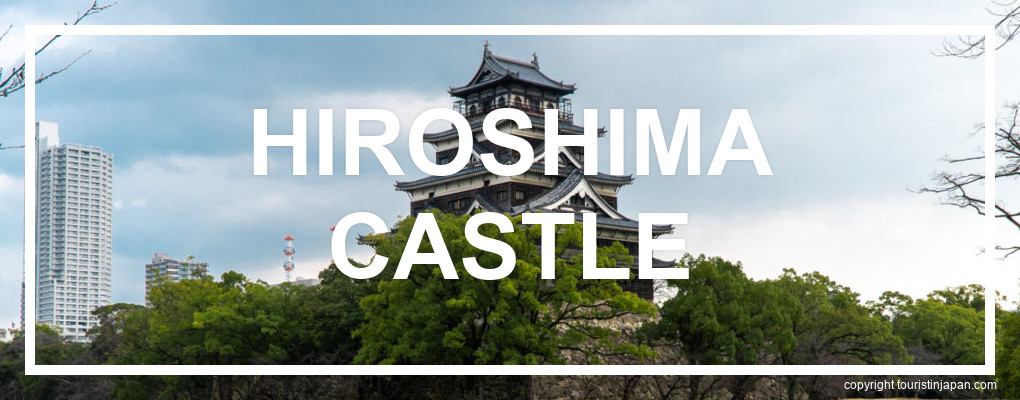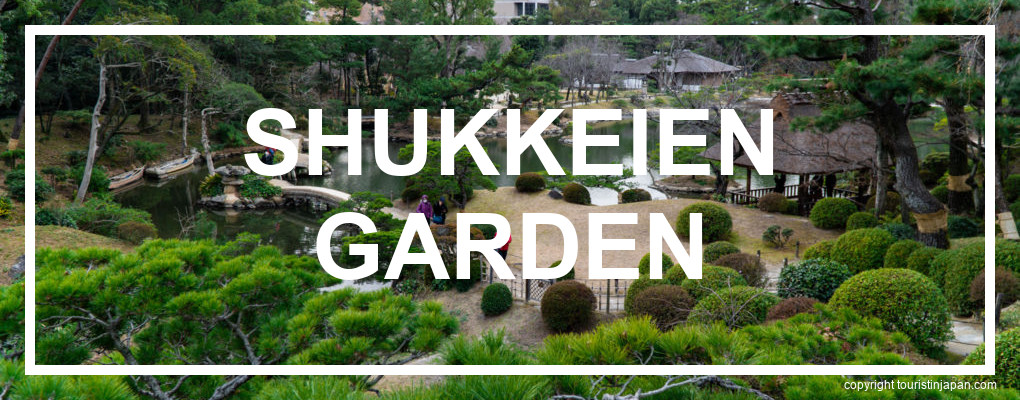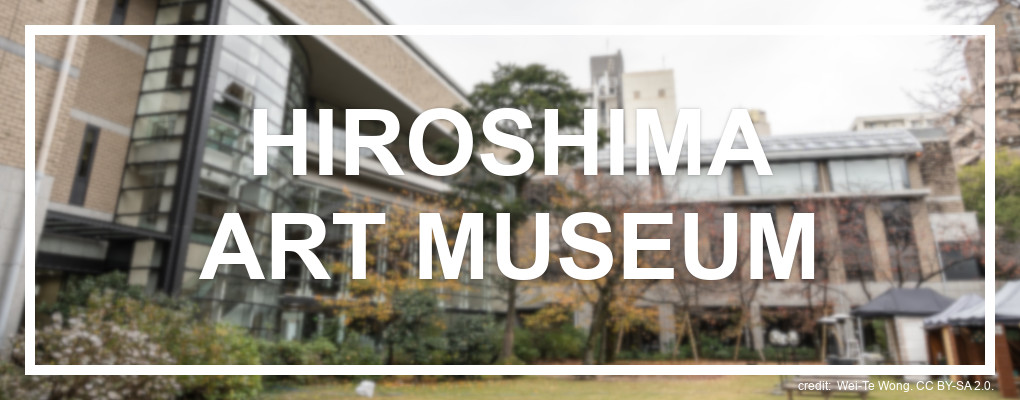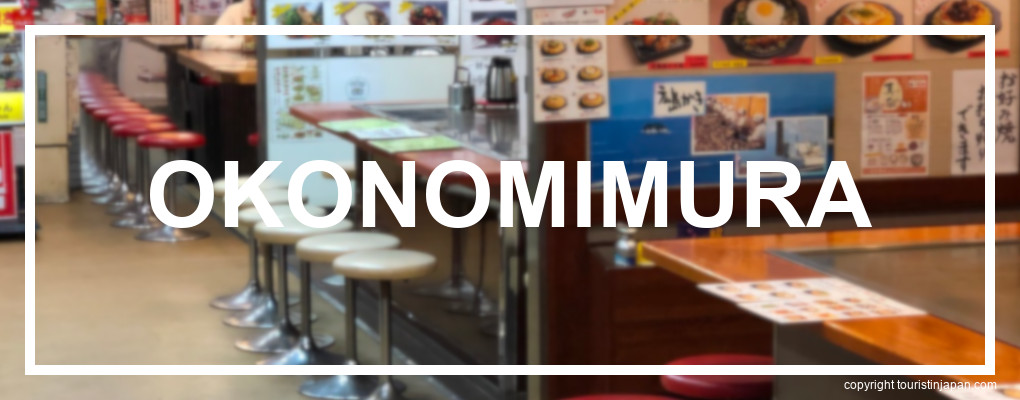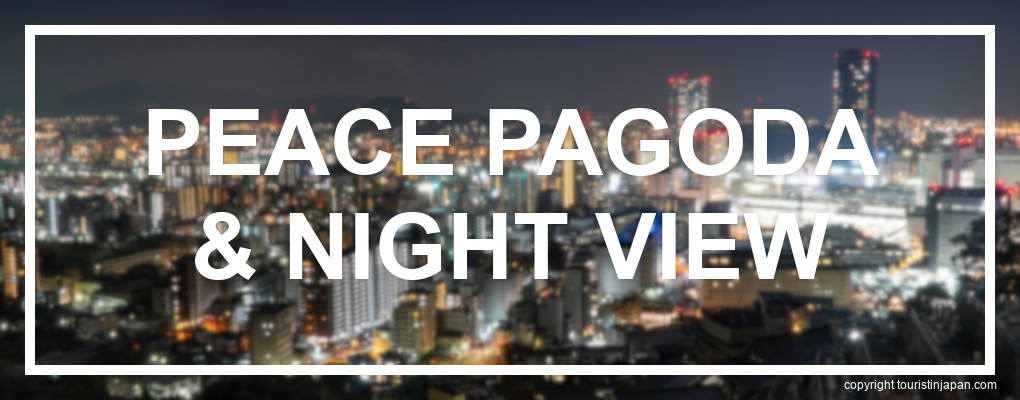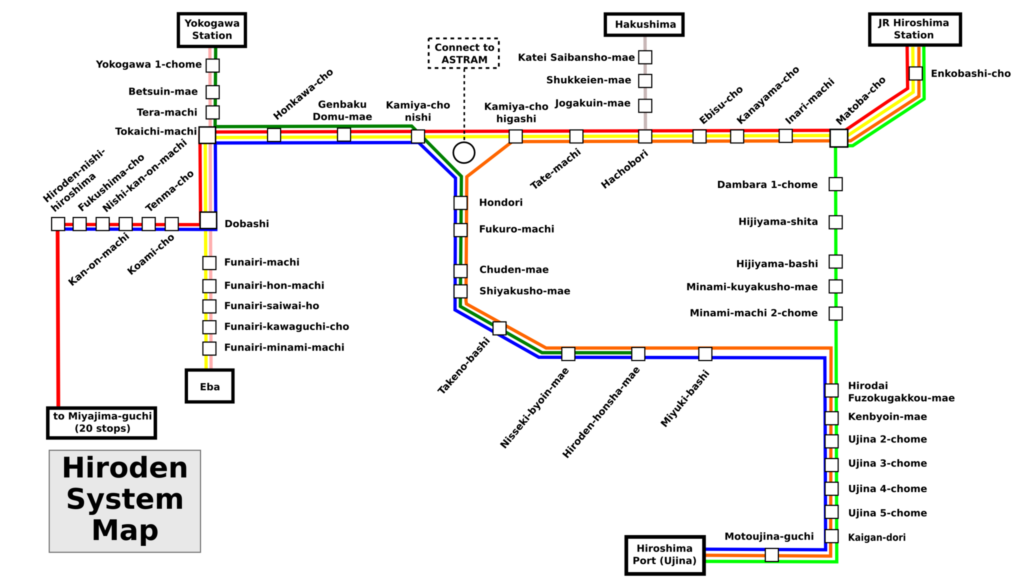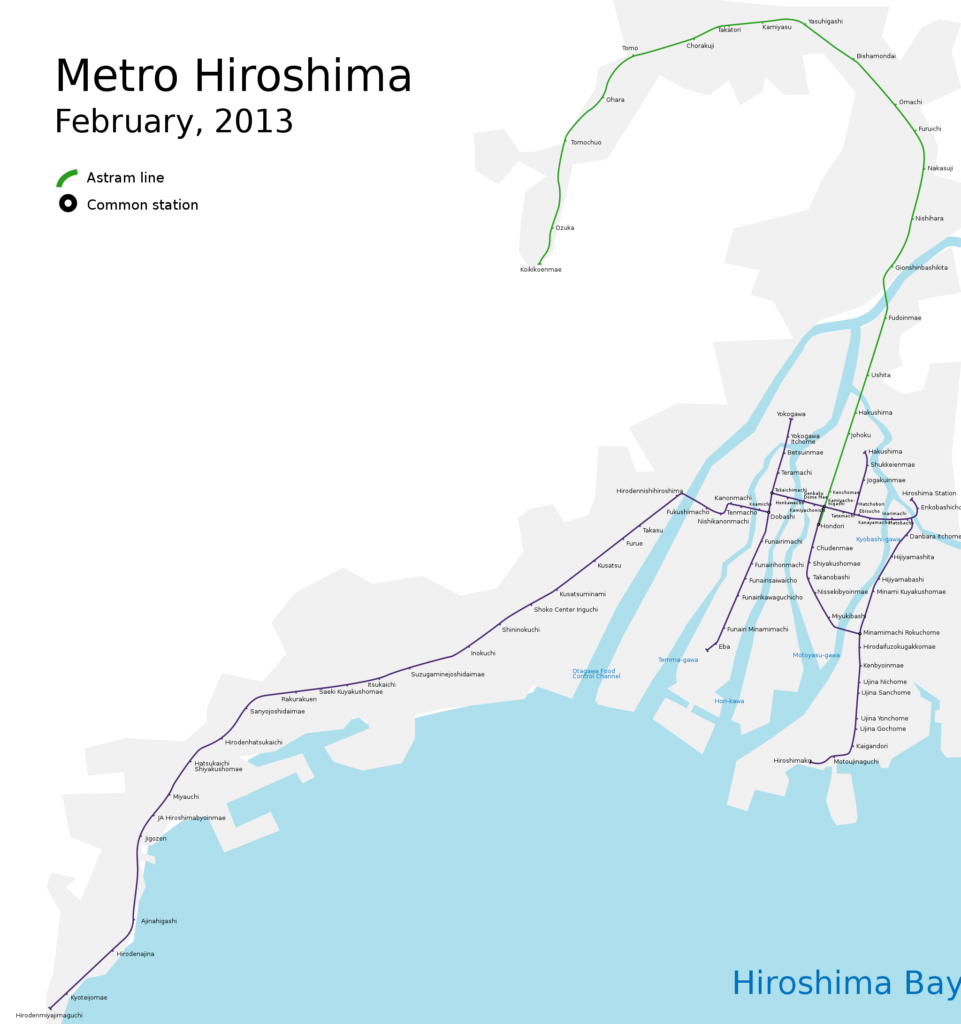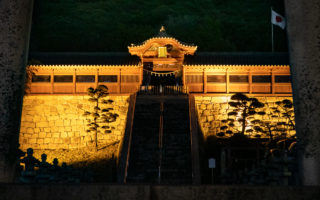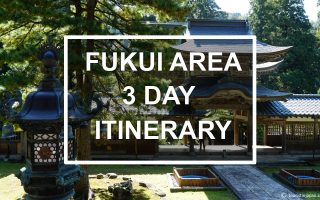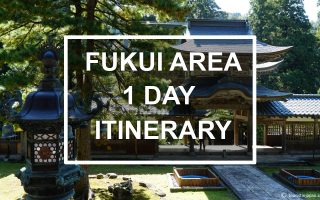Hiroshima is a modern and exciting city, with a tragic history. When visiting Hiroshima today it is hard to imagine that as recently as 1945 the entire city was wiped out by the first atomic bomb ever to be used in warfare. The city was completely leveled, and everything which can be seen today has been constructed after 1945. With this itinerary you will dive deep into the history of Hiroshima, and it’s tragic past. Learn about the war, the suffering and the reconstruction of the city. On the second day you will visit the world famous Itsukushima Shrine on beautiful Miyajima Island.
Hotels Hiroshima & Miyajima Tour Japan Rail Pass
Hiroshima is a fairly large city with a population of around 1.2 million. The city sits in a flat river delta, and has been there since Hiroshima Castle was first constructed in the 1590’s. A town slowly developed around the castle, transforming in to a large city over the years. The atomic bomb of 1945 completely leveled the city and killed thousands. Naturally, this event has a big presence in the identity of Hiroshima, and this itinerary delves deep into this part of Hiroshimas history, but also covers a part of the “old hiroshima” with a visit to Hiroshima Castle and Shukkeien Garden.
The itinerary covers all the major attractions in Hiroshima city and Miyajima Island. Click here for a 1-day itinerary for Miyajima.
Day 1 Central Hiroshima
| Time | Activity |
|---|---|
| 09:00 | Atomic Bomb Dome |
| 09:30 | Hiroshima Peace Memorial Park |
| 10:30 | Hiroshima Peace Memorial Museum |
| 12:00 | Lunch |
| 13:00 | Hiroshima Castle |
| 14:30 | Shukkeien Garden |
| 15:00 | Hiroshima Prefectural Museum |
| 18:00 | Okonomimura (dinner) |
| 20:00 | Peace Pagoda Night View |
Read compact itinerary for day 1
Day 2 Miyajima Island
| Time | Activity |
|---|---|
| 09:00 | Senjokaku Pavilion |
| 09:30 | Itsukushima Shrine |
| 10:00 | Miyajima Museum of History or Miyajima Public Aquarium |
| 12:00 | Lunch |
| 13:00 | Daisho-in Temple |
| 14:30 | Ropeway or Hike to Mount Misen |
| 15:30 | Mount Misen Observatory |
| 17:00 | Last ropeway down |
Read compact itinerary for day 2
Details of Itinerary
Details of Day 1 (Hiroshima)
Atomic Bomb DomeThe Atomic Bomb Dome (Genbaku Dome) is one of the few buildings which weren’t completely destroyed by the atomic bomb in 1945. The iconic dome, which is a UNESCO World Heritage Site, stands as an important memorial in connection with the Hiroshima Peace Memorial Park. Entrance fee: free |
Hiroshima Peace Memorial ParkHiroshima Peace Memorial Park (Hiroshima Heiwa Kinen Kōen), located just south of the iconic A-bomb Dome, is a park dedicated to remembering the nuclear attack on Hiroshima in 1945, and those who died during or following the bombing. The park, which is one of Hiroshima’s most visited sites, contains a large number of monuments, museums and memorials. The most prominent sites of the Pace Park, apart from the A-bomb Dome, are the Memorial Cenotaph, the Peace Flame and the Hiroshima Peace Memorial Museum. The park is located near the center of the explosion. As you stroll along the paths of the now peaceful park; imagine the destruction and horror that happened here in 1945. Entrance fee: free |
Hiroshima Peace Memorial MuseumThe Hiroshima Peace Memorial Museum is dedicated to remembering the atomic bombing. It serves to document the tragic attack and to tell the stories of the horrors experienced by the survivors. Numerous objects and photos are displayed, giving a very visual and frightening insight into what happened in Hiroshima on August 6, 1945. The museum is located at the southern end of the Peace Memorial Park, and is a natural extension of a visit to the park and the A-bomb Dome. Entrance fee: ¥200 |
Hiroshima CastleHiroshima Castle (広島城), cutely nicknamed the “Carp Castle“, is located in the center of Hiroshima city, north of the Peace Park. It is a castle with history dating back to the 1590’s. While completely destroyed by the Atomic Bomb in 1945, it has been reconstructed in it’s original appearance, and today hosts a museum documenting the history of Hiroshima prior to the second world war. There is a nice view over the city from the top of the castle. Entrance fee: ¥370 |
Shukkeien GardenShukkeien Garden (縮景園), located near Hiroshima Castle, is a beautiful Japanese landscape garden, dating back to 1620. The gardens name, which translates to “shrunken scenery garden”, hints at the landscape style used. The garden also features a plum grove which is especially beautiful in February when the plum trees blossom. It is a nice escape from the modern and busy city that is Hiroshima. Entrance fee: ¥260 (combi ticket with the art museum ¥610) |
Hiroshima Prefectural Art MuseumHiroshima Prefectural Art Museum is located right next to Shukkeien Garden. A combined ticket for the two is available. The museum has around 4500 pieces on display, and has a lot of focus on “Works of Art Related to Hiroshima“. One important piece is a folding screen with a motif of Itsukushima Shrine on Miyajima. There are also pieces on display from international artists; one example is the exciting “Dream of Venus” by Salvador Dali. Entrance fee: ¥510 (combi ticket with Shukkeien ¥610) |
OkonomimuraOkonomi-mura is an Okonomiyaki restaurant complex – sometimes called a theme park. Okonomiyaki is Hiroshima’s savory signature food, and at Okonomi-mura hungry visitors can choose between 24 different Okonomiyaki restaurants spread across 3 different floors. It is the perfect place to have a typical Hiroshima dinner. Entrance fee: food purchase |
Peace Pagoda Night ViewEnd the day with a night view of Hiroshima. Hiroshima is quite a flat city, yet there is one spot in the central city where it is possible to get a panoramic view; from the Peace Pagoda located at the top of mount Futabayama, just one kilometer from Hiroshima Station. The views are stunning, especially at night. And, to make it better, hardly any tourists make it up there. Entrance fee: free |
Details of Day 2 (Miyajima)
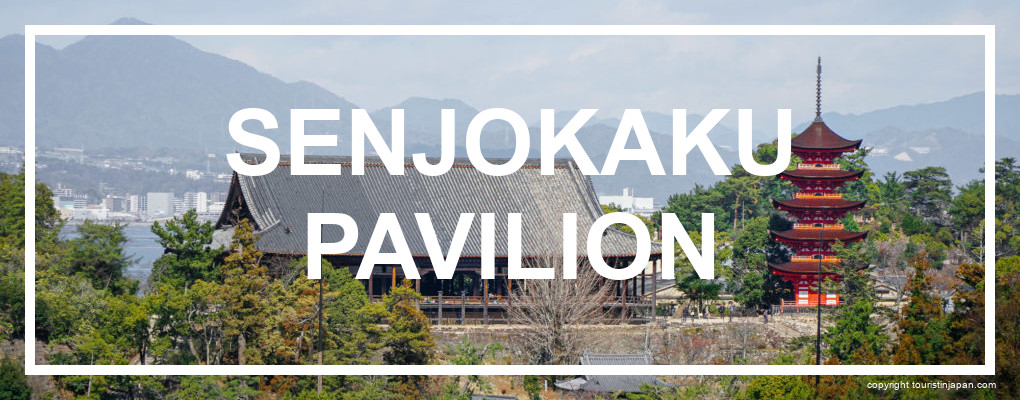
Senjokaku PavilionSenjokaku Pavilion (千畳閣,), literally meaning “1000 tatami mat pavilion” is a large, unfinished 16th century wooden hall. The hall’s construction was initiated by the former Shogun Hideyoshi who died before it was finished. The sparse hall with it’s many paintings has a mystical atmosphere to it. Near the hall is a beautiful, red 5-story pagoda from 1405. It’s a good place to start the day, before heading on to the ever famous Itsukushima Shrine. Entrance fee: ¥100 |
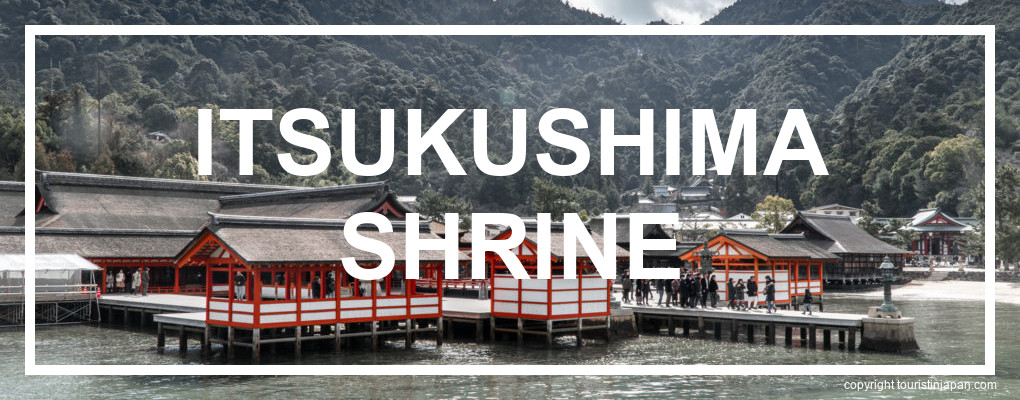
Itsukushima ShrineItsukushima Shrine is one of the best known shrines in all of Japan, and a UNESCO world heritage site. The shrine is built in a small cove on Miyajima, and stands on pillars, almost entirely over the water. The iconic torii gate located in the water in front of the shrine is known around the world. Itsukushima Shrine is by many visitors considered the primary attraction of the island – and with good reason. It is a stunningly beautiful shrine. Entrance fee: ¥300 |
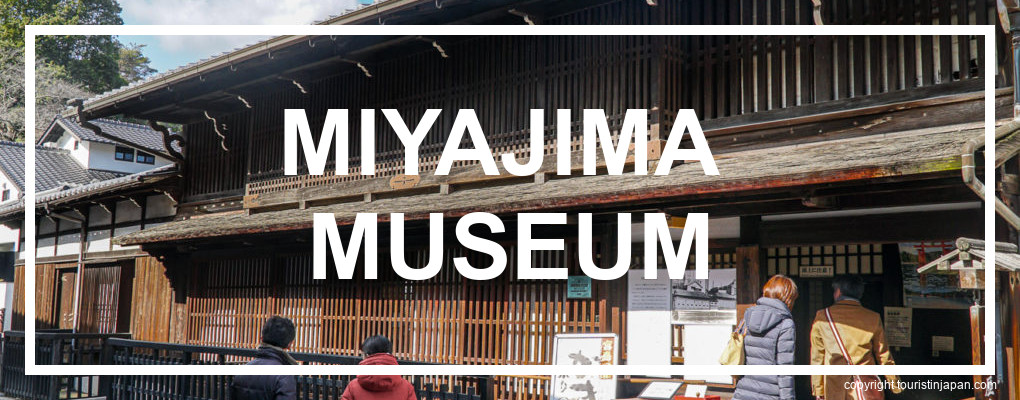
Miyajima Museum of HistoryThe time plan should permit you to visit either the museum or the aquarium – pick the one you are most interested in. Miyajima History and Folklore Museum introduces visitors to the history of Miyajima, with it’s main focus being on the edo-period (1603-1868). The museum, which is housed in a classic 1800’s house, is centered around a nice garden. There are many interesting objects on display which relate to the history of the sacred island. Visiting the museum provides a good basis for understanding the historic locations you visit during your stay in Miyajima. If you are following this itinerary, then it is recommended to find a lunch restaurant between the museum and Daisho-in Temple. There are a few to chose from. Entrance fee: ¥300 |
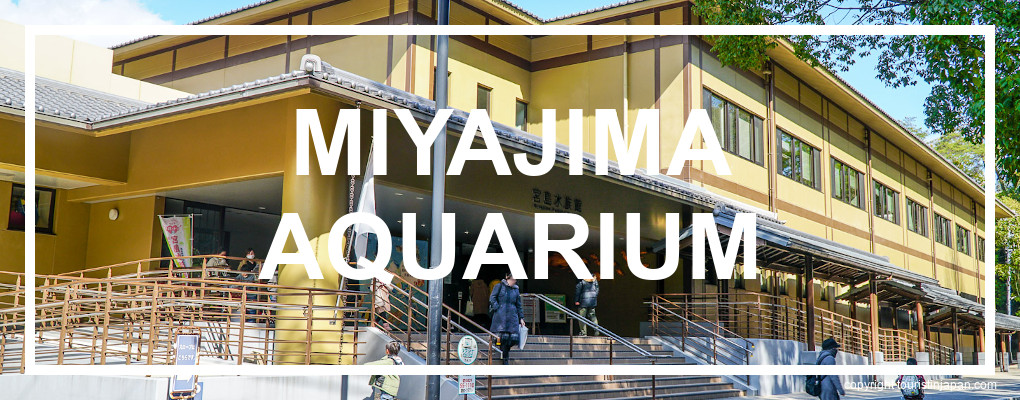
Miyajima Public AquariumThe time plan should permit you to visit either the museum or the aquarium – pick the one you are most interested in. Miyajima aquarium, also called “Miyajimarine” is a municipal aquarium located on the western edge of Miyajima‘s port town. The aquarium focuses mainly on the sea life found in the Seto Inland Sea and the general area around Miyajima. There are, however, also creatures from around the globe. The sea plays a huge role in the daily life on and around Miyajima, so studying the marine life is a valuable insight into the area’s culture. The aquarium is highly suitable for travelers with children. Entrance fee: ¥1420 If you are following this itinerary, then it is recommended to find a lunch restaurant between the aquarium and Daisho-in Temple. There are a few to chose from. |
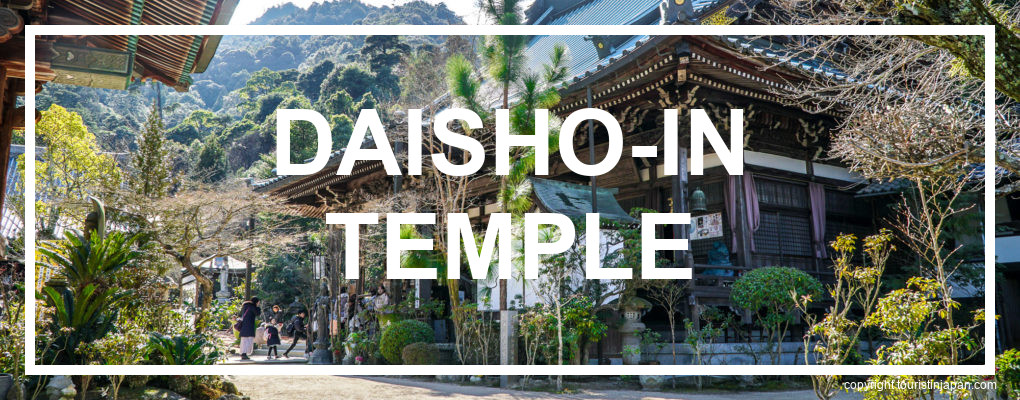
Daisho-in TempleDaisho-in (大聖院) temple is an important temple in the Shingon Buddhist sect, and a highly important temple on Miyajima. The temple, which was founded by Kukai in 806, is known for it’s beautiful fall foliage and for keeping the same flame burning since the temple was established 1200 years ago (the flame is kept in a building near the peak of Mount Misen). Daisho-in temple is one of the most beautiful locations on Miyajima, and well worth a visit. Entrance fee: free Next stop: If you are following this itinerary, then consider the time before you decide if you want to hike or take the ropeway to Mount Misen. The Daisho-in Hiking Course starts right next to Daisho-in temple, but it takes around 1.5 – 2 hours to hike to the top. Keep in mind that last ropeway down the mountain leaves around 17:30. |
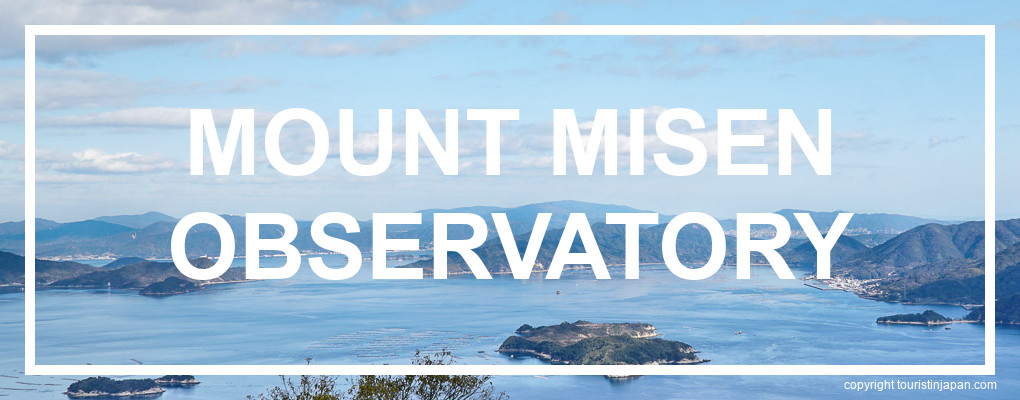
Mount Misen ObservatoryThe highest point of the sacred island of Miyajima is Mount Misen (弥山) at 535 meters (1755 ft.). At the very top of the mountain is an observatory, called Mount Misen Observatory, with a stunning view over Hiroshima Bay. The top of the mountain can be reached either by hiking or by taking the ropeway. From Daisho-in it is a 90 minute hike to the top. The ropeway takes around 30 minutes and requires a 20-30 minute hike after arriving near the top. Entrance fee: free (ropeway is not free) |
Suggested Hotels in Hiroshima
Planning your stay in Hiroshima
Tours, tickets and experiences
Hiroshima City and Prefecture are full of amazing experiences. Adding a couple of experiences or tours could enhance your experience further and let you dive deeper into the local culture of the historic and nature rich Chugoku Region. Below is a selection of tours, itineraries and experiences which you may find interesting.
Hiroshima Experiences
- Japanese Sake Brewery Guided Tour (Saijo, Hiroshima)
- Okonomiyaki / Gyoza Tour
- Kimono Experience in Hiroshima
- Sushi making experience in Hiroshima
- Lion Dance Experience in Hiroshima City
- Flower Arrangement Experience (Ikebana) in Hiroshima
- Easy Japanese cooking with locals in Fukuyama
- Baseball tickets for Mazda Stadium
- Private Tea Ceremony in Hiroshima
- Ukiyo-e Prints and Used Kimono Shopping
- Kendama Experience with a Kendama Master in Hiroshima
- Samurai Ninja Theatre Tickets
Hiroshima Tours
- Explore local Hiroshima on a bicycle tour
- Hidden Local Spots Day-trip, Hiroshima
- 1-day Shimanami Cycling Tour from Onomichi
- Yuki River Trekking and Canyoneering in Hiroshima
- 30 minute Scenic flight over Setouchi in a seaplane
- Scenic flight over Setouchi inland sea, departure from Hiroshima Airport
- Setouchi Architecture Luxury Day Cruise and Hotel Stay
- Seto Inland Sea Tour from Fukuyama City
- Tour to the famous Rabbit Island near Hiroshima
- Trip to Iwakuni, including Iwakuni Bridge
Miyajima Experiences
- 3 Cultural Experiences at a 300-year-old Miyajima Zen Temple
- Experience a Tea Ceremony on Miyajima’s oldest temple
- Flower Arrangement Experience at Oldest Temple in Miyajima
- Guided Mountain Hiking Tour to Mount Misen, Miyajima
- Itsukushima Shrine Stand Up Paddleboard Experience
- Oyster Farm Experience with Visit to Itsukushima Shrine in Hiroshima
- Tea Ceremony, Calligraphy, & Higashi Dessert Making Experience in Miyajima
Miyajima Tours
- Explore Miyajima and Hiroshima on a Full Day Tour
- Hiroshima Tour: 1-day City Tour and Miyajima Island
- See the A-Bomb Dome in Hiroshima and Visit Miyajima
- Luxury Guntû Setouchi Cruise (1-3 nights), including Miyajima
- Hiroshima and Miyajima Day Tour from Osaka, Kyoto, or Hiroshima
Internet on the go
Having an internet connection can help you a great deal when navigating the streets of a new city. Booking Pocket Wi-Fi or getting a Japanese SIM-card for your phone can be a great way to help yourself out of a tricky situation or help you get the most out of your day.
Navigating Hiroshima
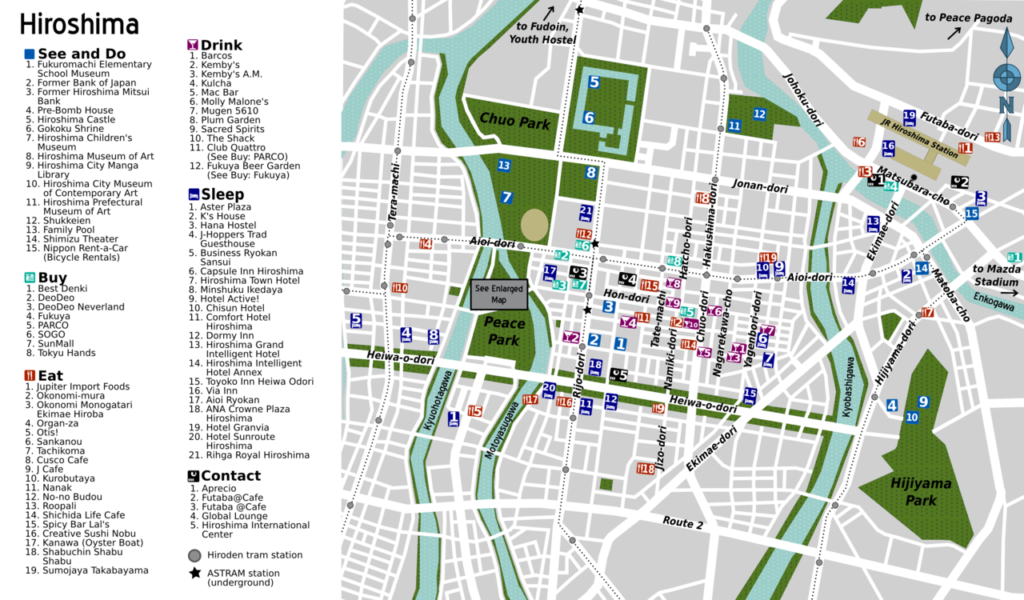
Transport in Hiroshima
Hiroshima has a well developed network of trams and local trains. Most of the city’s attractions are located in the center, so the tram will be sufficient to reach most destinations. The train system consists of the JR Lines and the Astramline. The central station is Hiroshima Station, where the Shinkansen arrives and departs.
Getting to Hiroshima
Hiroshima by train
Hiroshima can easily be reached by the bullet train (shinkansen) from major cities like Tokyo, Kyoto, Osaka and Fukuoka. The shinkansen ride is covered by the Japan Rail Pass – an all you can ride train pass for tourists. The Japan Rail Pass is highly recommended for visitors traveling around Japan.
The Shinkansen from Tokyo to Hiroshima takes around 4.5 hours with a change in Kobe. There is also a direct train, which is not covered by the Japan Rail Pass.
Buy Japan Rail Pass Buy Shinkansen Tickets
Hiroshima by plane
Hiroshima Airport (HIJ) is located about 50km (31mi) east of Hiroshima City. There are connections between the airport and Hiroshima Station by an Airport Limousine bus.
Hiroshima Airport normally has flight connections to Tokyo-Haneda, Tokyo-Narita, Sapporo, Sendai and Naha. There are also international connections, typically to China, Taiwan, Hong Kong and Thailand.

